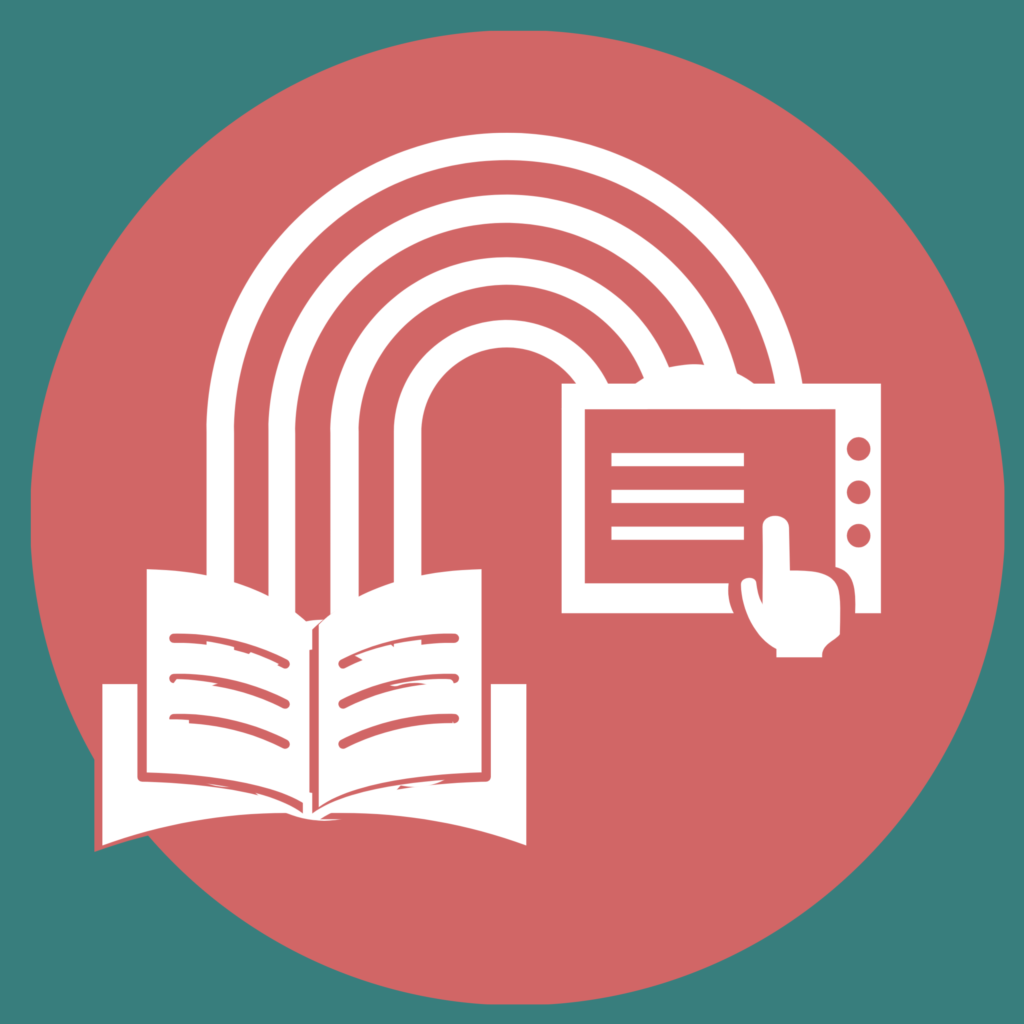Model the use of instructional design principles with educators to create effective digital learning environments.

Model the use of instructional design principles with educators to create effective digital learning environments.
ISTE STANDARDS FOR COACHES
Modeling Instructional Design
Designing instruction that is effective and based on best practices is an essential teaching skill. In the classroom, excellent instructional design makes lessons more inclusive and accessible for a greater number of students.
Differentiation is an essential element of effective instructional design that I discussed in an August 2021 post Differentiating in Your Classroom When You Have No TIme. The post centers around the idea of rethinking classroom priorities so that designing inclusive instruction takes a priority over generalized curriculum or habits that do not reflect essential instructional design principles.
I model differentiating instructional practices by providing students choice and voice is something in my school, recently conducted a breakout room training at a staff meeting about this instructional practice. My focus for this training was behavioral and academic instructional practices (see slides to the left).
Recently, I spoke at the CUNY Neurodiversity conference 2022 regarding how I incorporate differentiation into my classroom practices for the benefit of students and myself. This conference speech included details of how I use Universal Design for Learning, an instructional design principle that allows for inclusive education practices that encourage independence and equity for diverse learners.